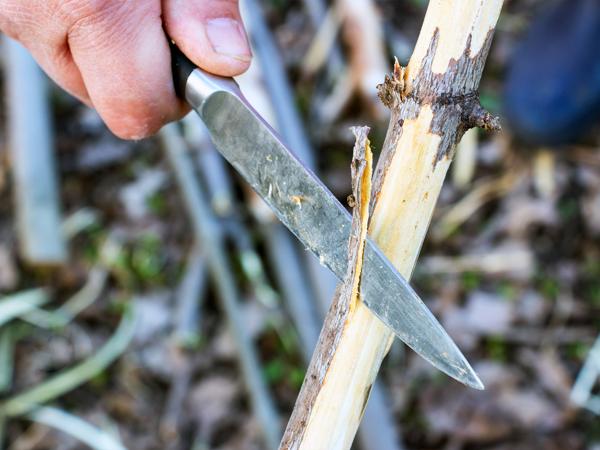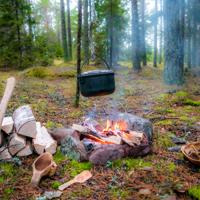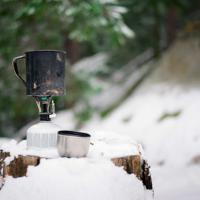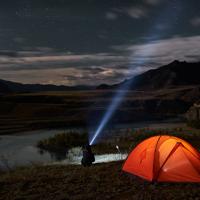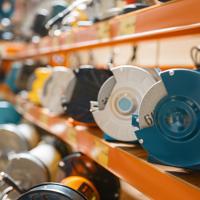In the world of emergency preparedness, having the right tools can make all the difference. Among these tools, the survival knife holds a special place. It’s not just about cutting, but about having a versatile tool that can assist you in various survival scenarios. In this guide, we'll explore what makes a good survival knife, different types, and some considerations to help you choose the right one for your needs.
Understanding Survival Knives
A survival knife is primarily designed to aid in wilderness survival. It's a tool that combines functionality with durability. While it's tempting to think of it as just a bigger version of a pocket knife, the survival knife plays many roles. It can be used for tasks such as building shelter, preparing food, self-defense, and crafting other tools.
Basic Components
Here are some elements to consider when evaluating a survival knife:
- Blade Material: Most survival knives are made from either stainless steel or carbon steel. Stainless steel is resistant to rust and low maintenance, though carbon steel tends to be more robust and easier to sharpen.
- Blade Type: Look for a full tang blade, where the metal runs the entire length and width of the handle, offering greater strength and reliability.
- Blade Shape: A drop point is common for survival knives due to its versatility, providing strength for heavier tasks and precision for finer tasks.
- Handle Material: Pay attention to comfort and grip. Rubber and textured materials offer better grip even in wet conditions.
Types of Survival Knives
Survival knives come in various shapes and sizes, tailored for different activities. Here are some common types:
Fixed Blade Knives
These are preferred in survival situations as they offer more strength and reliability over a folding blade. A fixed blade knife is less likely to fail under pressure and usually allows for larger, more practical blades.
Folding Knives
While more compact and portable, folding knives typically aren't as strong or dependable as fixed blade knives. However, they can be useful in everyday carry scenarios where space is a concern.
Multi-Tool Knives
These offer additional functionality with built-in tools such as screwdrivers, can openers, and pliers. While they may not provide the robustness needed for heavy tasks, they serve as an excellent all-in-one tool for various needs.
Choosing the Right Survival Knife
When it comes to selecting a survival knife, consider your environment and the tasks you anticipate you’ll need it for. Ask yourself questions like:
- What kind of activities will you be doing the most?
- How much weight are you willing to carry?
- Do you need additional tools included within the knife?
Examples of Popular Survival Knives
KA-BAR Becker BK2 Campanion: Known for its robust 5.25-inch drop point blade, it’s favored for heavy-duty cutting tasks.
Morakniv Bushcraft Survival Knife: Offers high-quality stainless steel and an anti-slip grip, making it ideal for harsh weather conditions.
Gerber Bear Grylls Ultimate Knife: Includes features such as a fire starter and emergency whistle, tailored for comprehensive wilderness survival.
Maintenance and Safety Tips
Once you have your survival knife, maintaining it is crucial. Regularly clean the blade, keep it sharp using a quality sharpening stone, and lubricate it to prevent rust. Always store it properly in a sheath to ensure it's ready to go when you need it.
For safety, practice using the knife in a controlled environment before heading out into the wild. This familiarizes you with its handling and decreases the risk of accidents.
Conclusion
Survival knives are invaluable tools for those venturing into the great outdoors or preparing for emergency situations. With a thoughtful selection and proper care, a good survival knife will serve you well, ready to assist when you need it most. Remember, it's about finding a tool that fits your specific needs and comfort.
Feel free to share your experiences or tips in the comments. We're here to learn from each other and improve our preparedness together.
